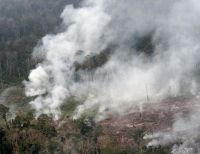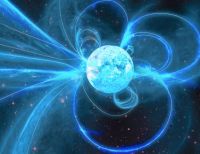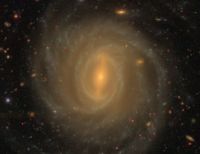
Figure 1: Illustration depicting the movement of the Dulais Structure within the Andromeda galaxy [Credit: Geraint Lewis].
The Dulais Structure represents the leftovers of a colossal feeding event in the ‘recent’ past, a dark stream lit up by star clusters orbiting unlike any others in Andromeda. It provides evidence that galaxies grow by ‘eating’ smaller systems, and the findings are at odds with a more sedate picture of galactic growth.
“That then leads to the next question of, well, what was actually consumed? Because it doesn’t look like it was just one thing, it looks like it’s been a collection of things which are all being slowly torn apart,” said Professor Lewis. “We’ve come to realise over the last few decades that galaxies grow by eating smaller systems – so little galaxies fall in, they get eaten – it’s galactic cannibalism.”
Andromeda has the signatures of two major feeding events. Rough timescales indicate the ‘recent’ feast took place sometime in the last 5 billion years, while the older feed was closer to 8-10 billion years ago. The universe itself is 13.8 billion years old, meaning the two separate events may have taken place while matter in the universe was in closer proximity and more densely concentrated.
“We know that the universe was featureless at its birth in the Big Bang, and today it’s full of galaxies. Were those galaxies born fully formed, or have they grown?” Professor Lewis said.
Astrophysicists like Professor Lewis are studying Andromeda to better understand how our own Milky Way has evolved. The vantage point from Earth makes viewing our galaxy difficult because we’re sitting inside it, obscuring observations, but the distance from Andromeda allows scientists the advantage of a “panoramic view”.
It is unclear how the Milky Way itself has fed, but a picture is emerging in Andromeda with a clear signature – large feasts and growth spurts. Given the Milky Way is a spiral galaxy of similar size, the research may be painting a picture of what our galaxy has done to reach its enormous size.
Next steps
“What we want to know is has the Milky Way done the same, or is it different? Both of those have interesting consequences for the overall picture of how galaxies form,” Professor Lewis said. “We want to, at some level, come up with a more accurate clock to tell us when these events occurred because that’s one thing we need to include in our models of how galaxies evolve.”







